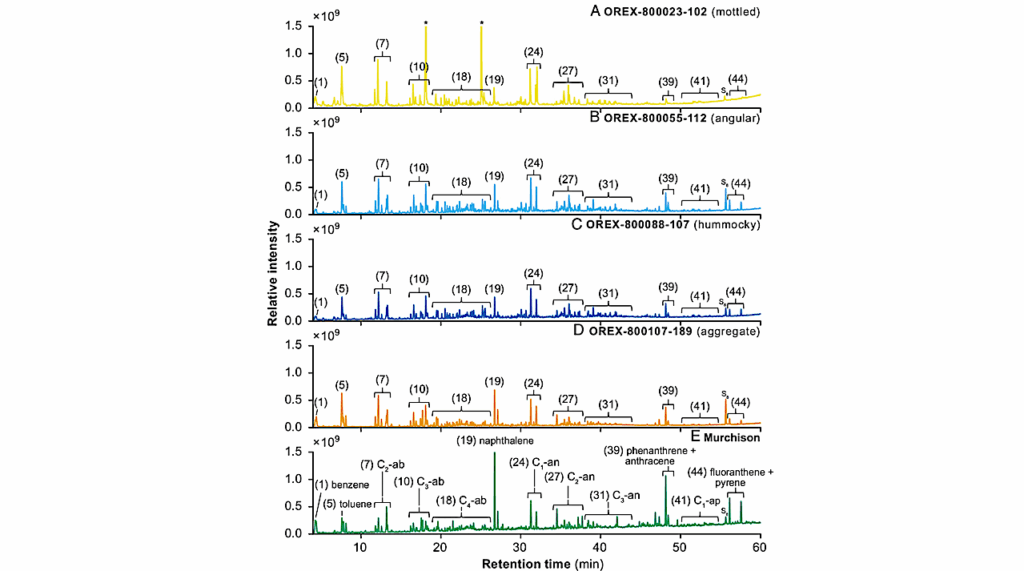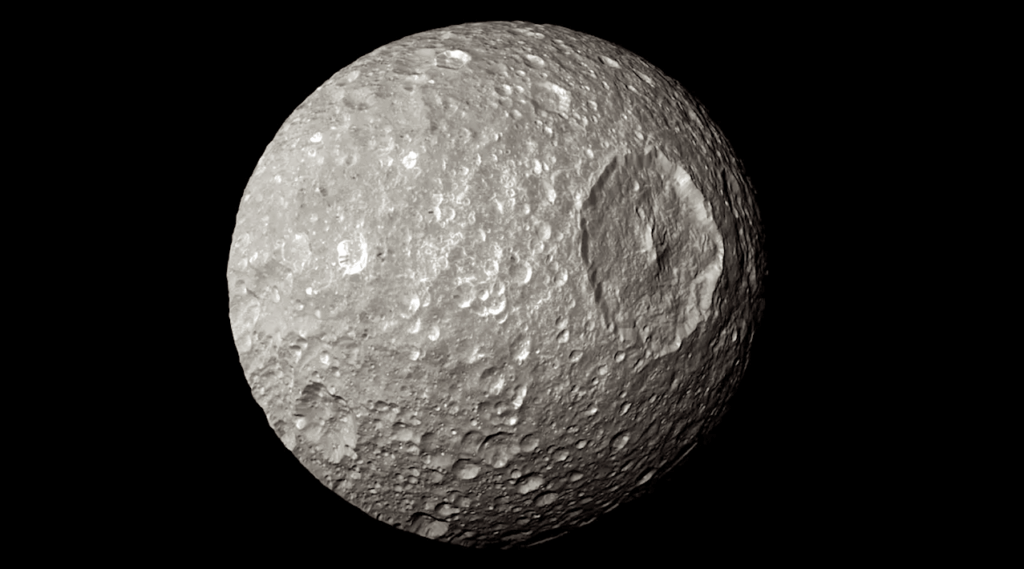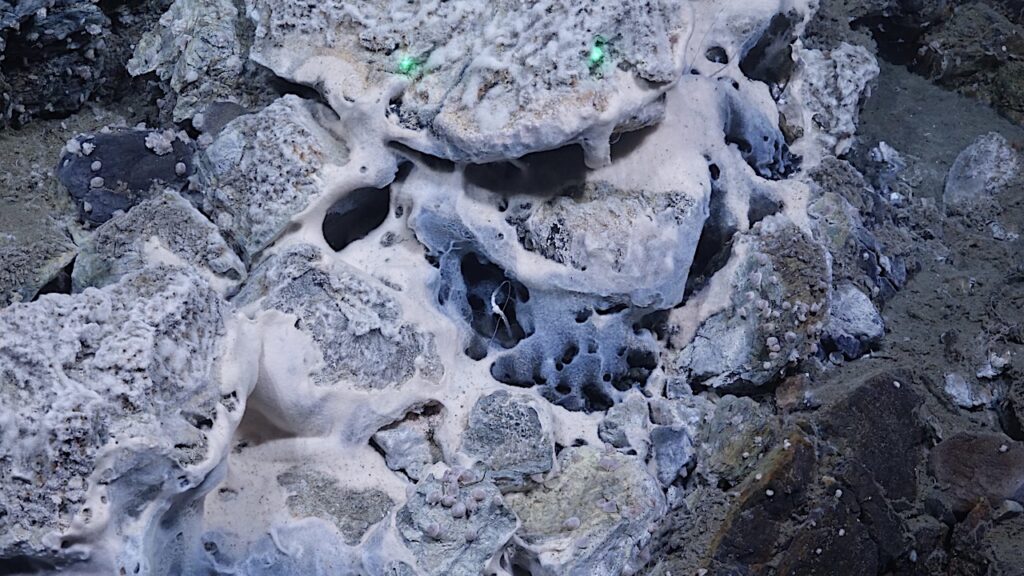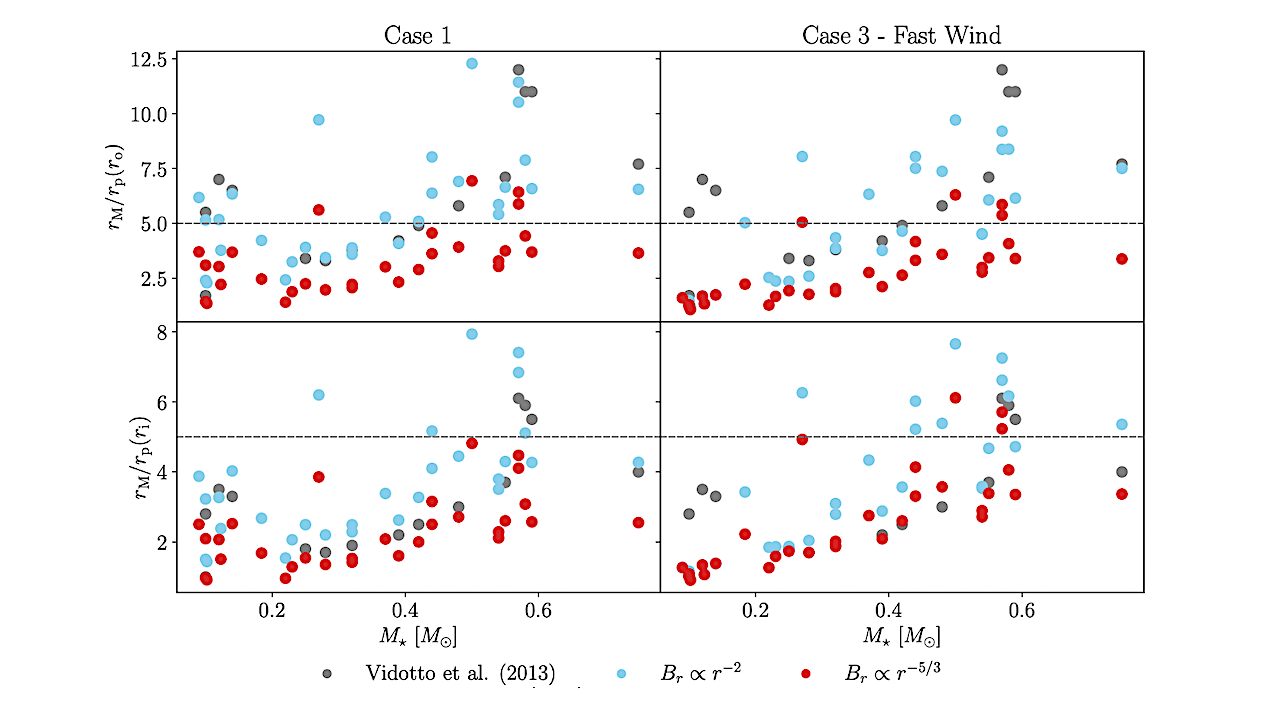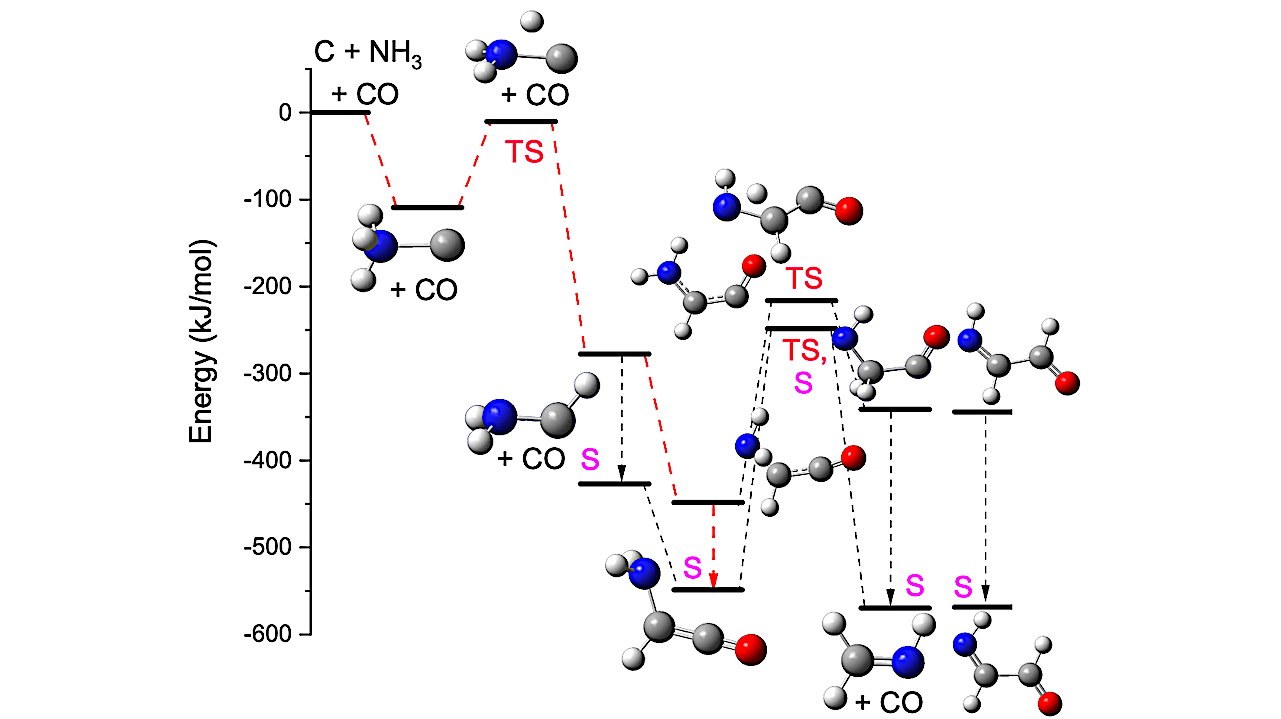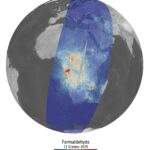Now Reading: A Computer Vision Framework For Estimating Surface Habitability From Mars Using Convolutional Analysis
-
01
A Computer Vision Framework For Estimating Surface Habitability From Mars Using Convolutional Analysis
A Computer Vision Framework For Estimating Surface Habitability From Mars Using Convolutional Analysis
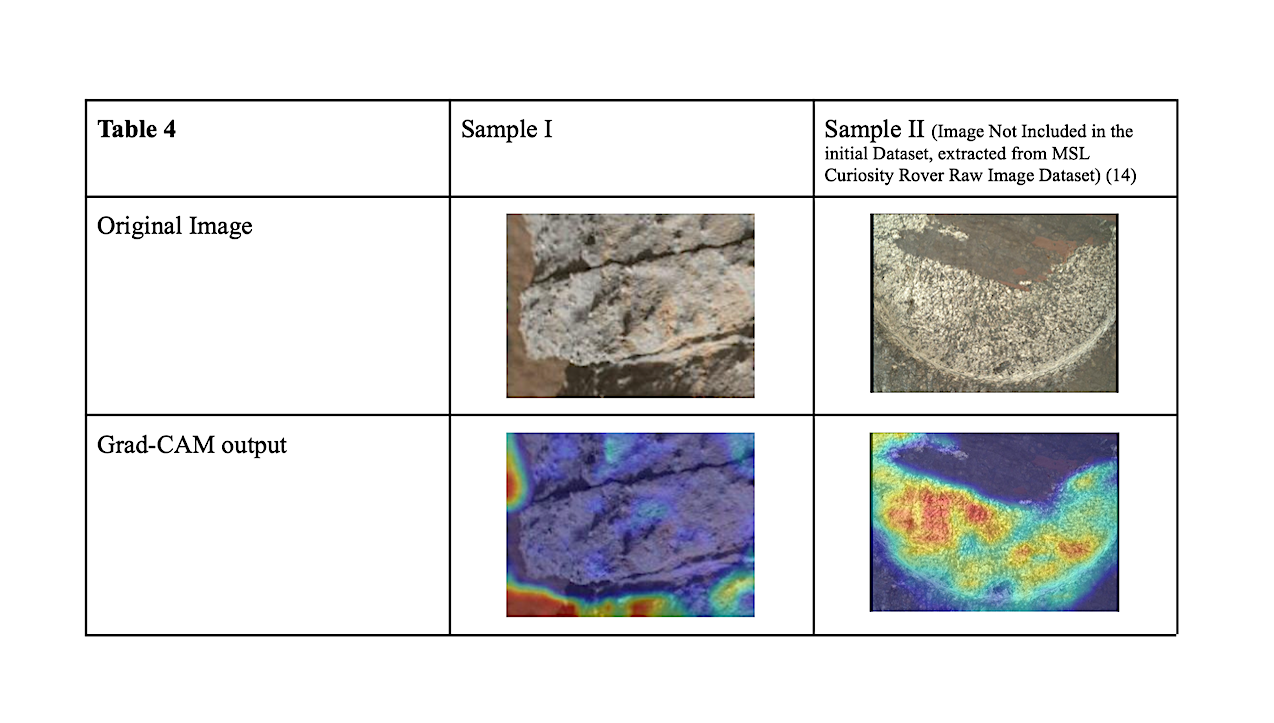

For the second stage of our analysis pipeline, outputs were further evaluated using a livability index L (scaled between 0 and 1). Among the 51 Mars-positive samples, the mean livability index was 0.417, with scores clustering at a midrange band of 0.31-0.48 (Table 5). These results suggest that most images were neutrally classified with the model neither stating high nor low livability rates across the tested data. Dust warnings were found to be common, with twenty-four samples flagged as “Warning” , twenty-five as “Caution” , and two as “Severe” (Table 6). — eartharxiv.org
Identifying signs of life in extraterrestrial environments is one of the growing challenges in planetary science. Conventional approaches of detecting habitability rely heavily on direct contact with biosignatures or geological analyses, but limited data and mission costs hold back such methods.
This work introduces a computer vision-based pipeline that analyzes planetary surface images to determine a livability index that estimates the photographed terrain’s likelihood to support life.
The data is from the Mars Surface Image Dataset (collected by NASA’s Curiosity Rover) and the Mars Handlens Analog Database (archived at the PDS Geosciences Node of Washington University in St. Louis).
Unlike existing binary classifiers that only distinguish between planetary sources, our method utilizes feature extraction to evaluate environments in terms of their habitability. By combining convolutional features with descriptors of texture, hue, and structure, we demonstrate that our model can move beyond simple classification and instead generate interpretable, probabilistic estimates of habitability.
With a livability index, we can focus on key habitability features and use them to guide targeted exploration to better search for life beyond Earth.
A Computer Vision Framework for Estimating Surface Habitability from Mars Using Convolutional Analysis, eartharxiv.org (open access)
Astrobiology,
Stay Informed With the Latest & Most Important News
-
 012024 in Review: Highlights from NASA in Silicon Valley
012024 in Review: Highlights from NASA in Silicon Valley -
 02Panasonic Leica Summilux DG 15mm f/1.7 ASPH review
02Panasonic Leica Summilux DG 15mm f/1.7 ASPH review -
 03How New NASA, India Earth Satellite NISAR Will See Earth
03How New NASA, India Earth Satellite NISAR Will See Earth -
 04And Thus Begins A New Year For Life On Earth
04And Thus Begins A New Year For Life On Earth -
 05Astronomy Activation Ambassadors: A New Era
05Astronomy Activation Ambassadors: A New Era -
06SpaceX launch surge helps set new global launch record in 2024
-
 07Space Force plans new ‘Futures Command’ amid pressure to speed up modernization
07Space Force plans new ‘Futures Command’ amid pressure to speed up modernization













